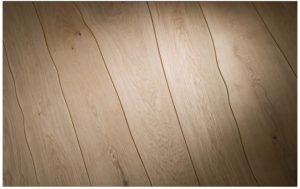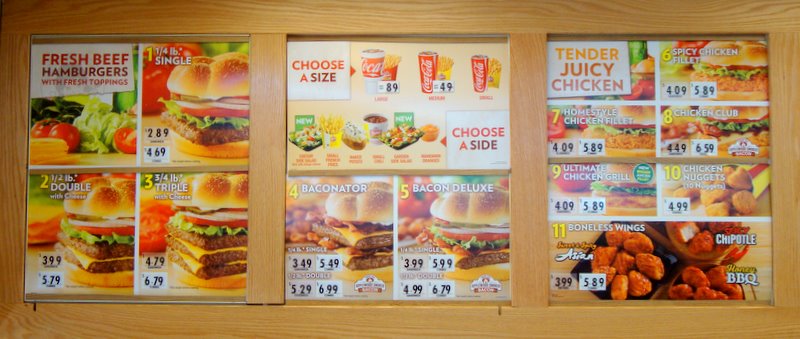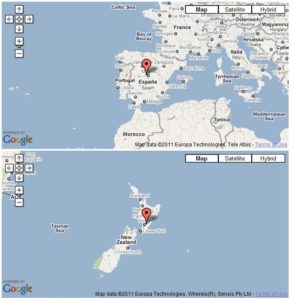 This is a fascinating idea: the company Bolefloor produces wooden flooring using natural, irregular boards, as seen on the right. Instead of making all the wood pieces rectangular, they simply figure out how to fit them together!
This is a fascinating idea: the company Bolefloor produces wooden flooring using natural, irregular boards, as seen on the right. Instead of making all the wood pieces rectangular, they simply figure out how to fit them together!
According to this article on BoingBoing, Bolefor uses sophisticated scanning, sorting, and optimizing technologies to piece together their assortment of random boards. Once the puzzle is assembled, the boards are then fitted with tongue-and-groove joints for easy installation.
An innovative idea, with beautiful results!
But how do you design an efficient algorithm that can look at all kinds of boards and see how to best fit them together? That’s a lot of irregular shapes to sort, rotate, flip, and compare!



